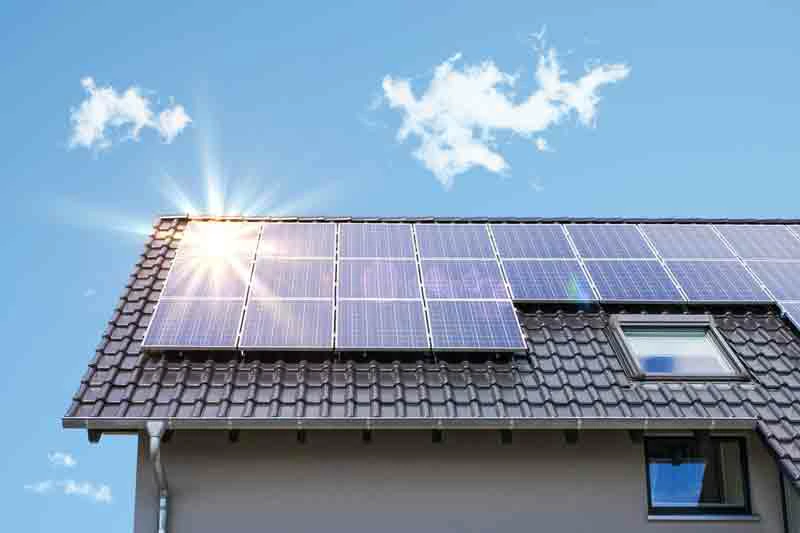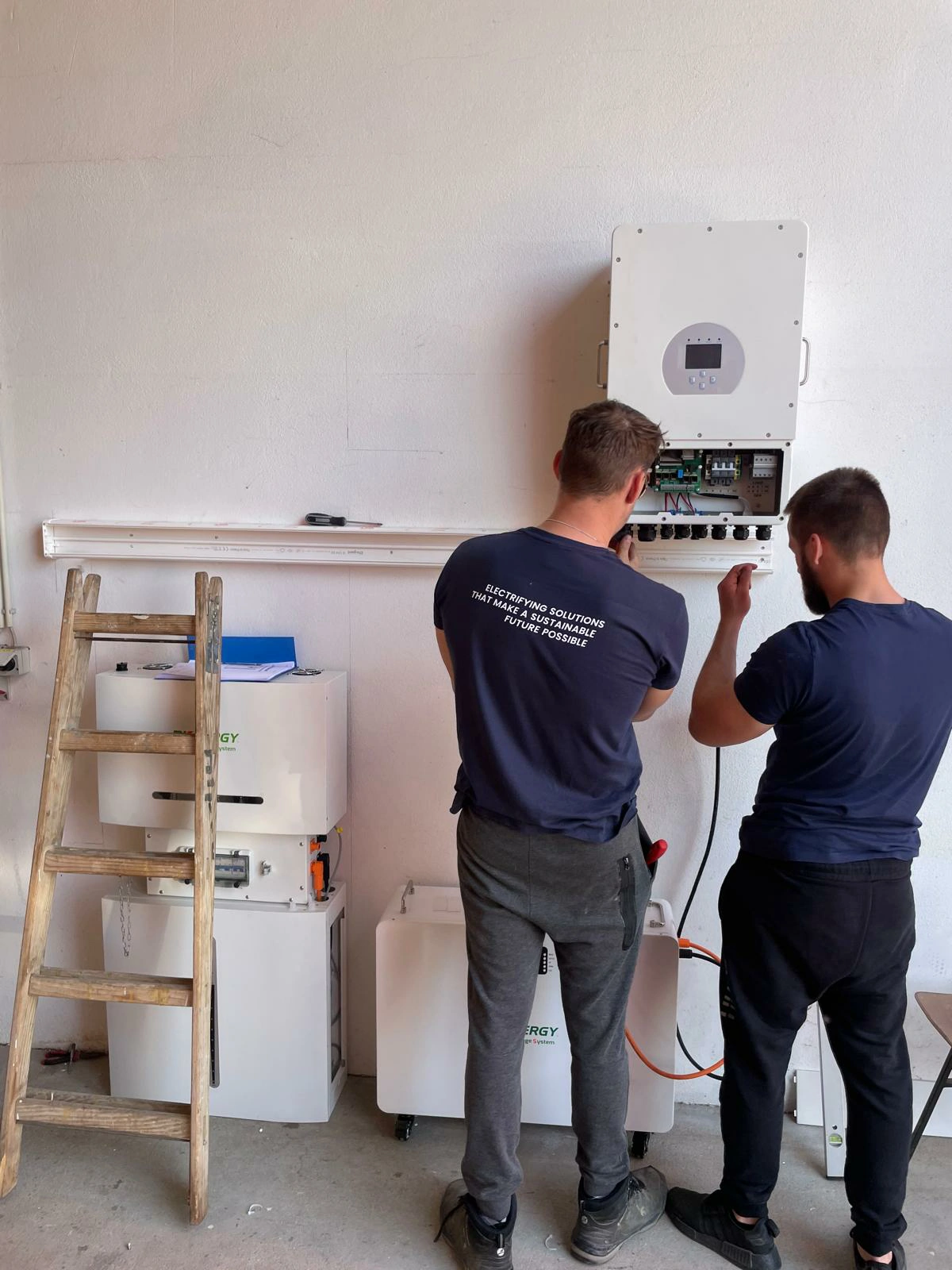An excellent alternative to a whole house generator is a Home battery backup. These systems consist of solar panels and battery storage, allowing homeowners to generate and store their own electricity. Unlike generators that require fuel and produce emissions, solar energy storage systems are clean, quiet, and sustainable. They can provide backup power during outages, reduce reliance on the grid, and even lower electricity bills through net metering.
Which battery backup is best for a home?
When selecting the best battery backup for a home, the choice often boils down to comparing different materials used in these batteries, primarily focusing on Lead-Acid, Lithium-Ion (specifically Lithium Iron Phosphate or LiFePO4), and other emerging technologies like Nickel-Metal Hydride (NiMH) or Sodium-Ion. Here’s a detailed comparison based on various criteria:
Lead-Acid Batteries
Cost: Typically the most cost-effective option, making them a popular choice for budget-conscious homeowners.
Availability: Widely available and familiar technology.
Maintenance: Require regular maintenance, including water top-up and periodic equalization charges.
Lifespan: Generally shorter lifespan of about 3-5 years.
Efficiency: Lower energy density and efficiency compared to lithium-ion batteries.
Environmental Impact: Contains toxic substances and requires careful disposal.
Lithium Iron Phosphate (LiFePO4) Batteries
Cost: Higher initial cost but offers greater long-term value due to lower lifecycle cost.
Maintenance: Virtually maintenance-free with no need for regular checks or water top-up.
Lifespan: Longer lifespan, typically 10-15 years or more, with high cycle durability (up to 4,000-5,000 cycles).
Efficiency: Higher energy density allows for more compact solutions and faster charging.
Safety: Better thermal and chemical stability reduces the risk of fire or explosion.
Environmental Impact: More environmentally friendly with less hazardous materials.
Nickel-Metal Hydride (NiMH)
Cost: Generally more expensive than lead-acid but less than lithium-ion.
Maintenance: Lower maintenance than lead-acid but higher than LiFePO4.
Lifespan: Longer than lead-acid but shorter than LiFePO4.
Efficiency: Better than lead-acid but generally lower than lithium-ion.
Environmental Impact: Less toxic than lead-acid but still has recycling challenges.
Sodium-Ion Batteries
Emerging Technology: Still under development and not as widely available as other types.
Potential Advantages: Promises lower costs and abundant materials.
Environmental Impact: Expected to be less impactful due to the abundance of sodium.
Performance: Early indications suggest that they may offer comparable performance to lithium-ion with potentially better scalability and safety features.
Calculating the Number of Solar Batteries Needed for a House
To determine how many solar batteries are needed to power a house, you first need to calculate your total daily energy usage. Here’s a simplified approach using a 10 kWh LiFePO4 battery as an example:
Identify Power Requirements: Calculate the power requirements of critical appliances you want to run during a power outage. For example:
One LED light bulb: 10 watts
One TV: 100 watts
One refrigerator: 200 watts
Calculate Energy Needs: Determine how long each appliance will run during the day and calculate the total energy required.
LED light bulb: 10 watts x 5 hours = 50 watt-hours
TV: 100 watts x 4 hours = 400 watt-hours
Refrigerator: 200 watts x 24 hours = 4,800 watt-hours
Total Energy Usage: Add up the energy used by all appliances.
Total = 50 + 400 + 4,800 = 5,250 watt-hours per day
Determine Battery Capacity Needed: Given that you have a 10 kWh home battery backup you can easily cover the daily energy usage of these appliances, with plenty of capacity to spare. This calculation helps ensure you have enough backup to manage your critical loads during an outage.
This approach gives you a clear idea of how many and what capacity of batteries would be required based on your specific energy needs. For larger homes or more appliances, the calculation can be scaled accordingly.
Ultimately, the right choice will balance cost, longevity, capacity, and environmental impact to meet your energy storage requirements effectively. As battery technology continues to evolve, staying informed about the latest advancements will help ensure you make the best investment for your energy needs.






